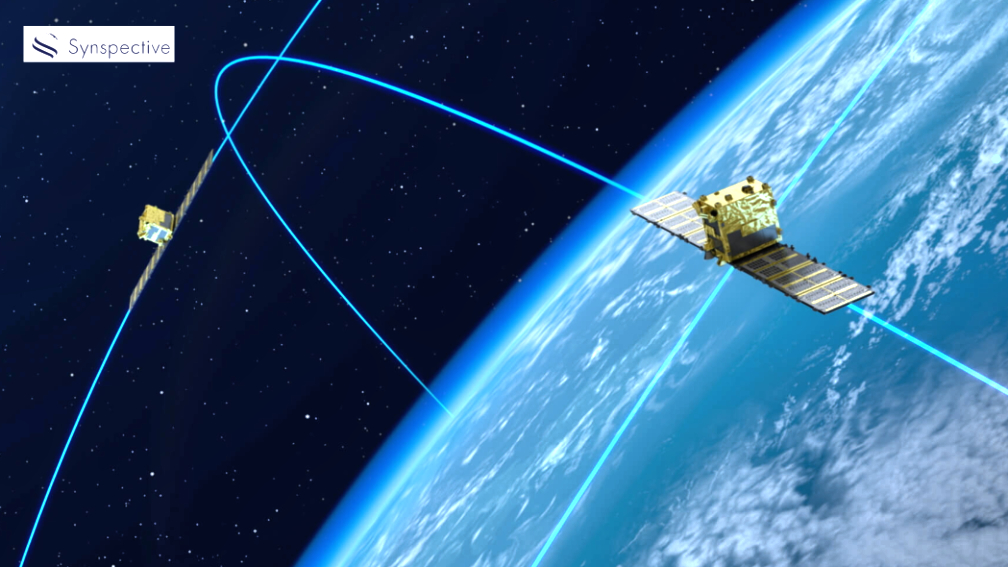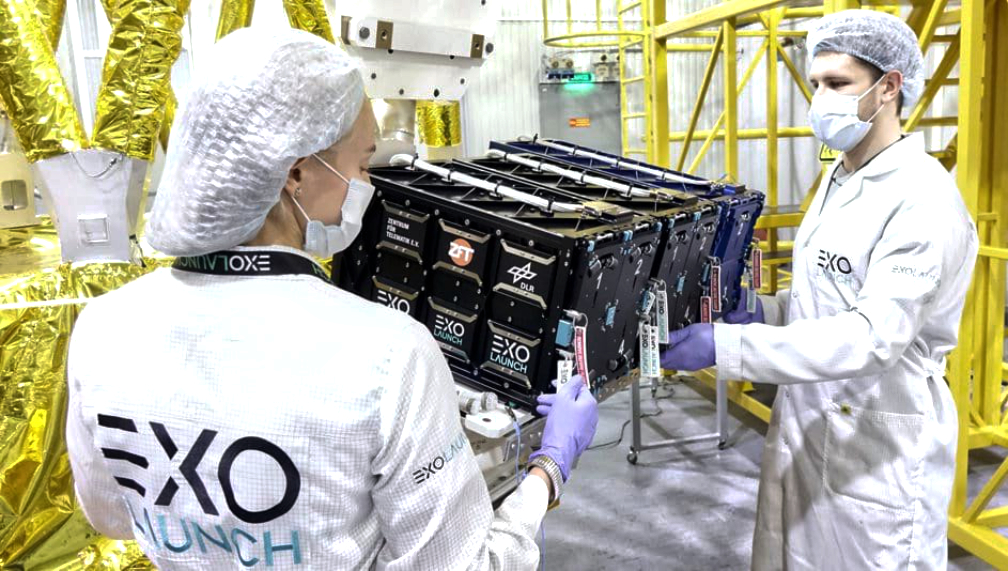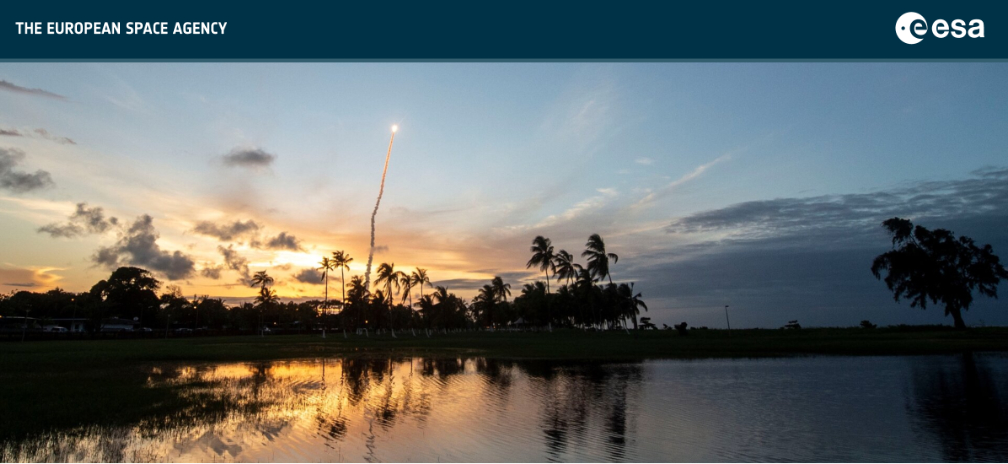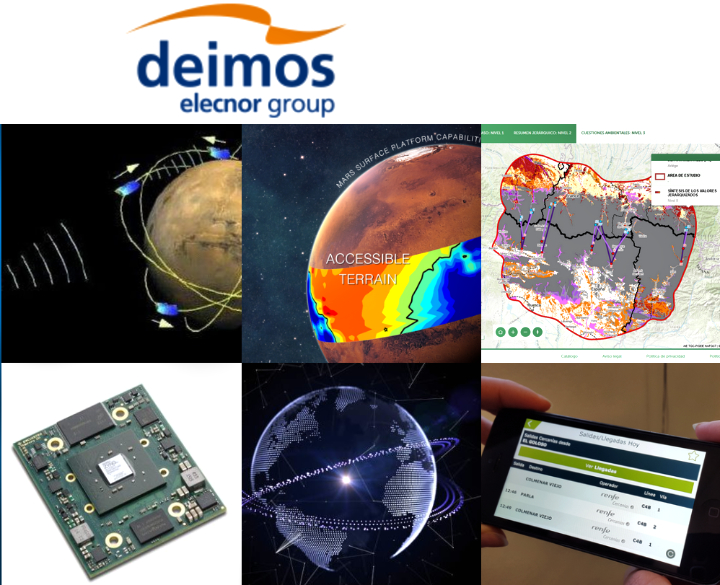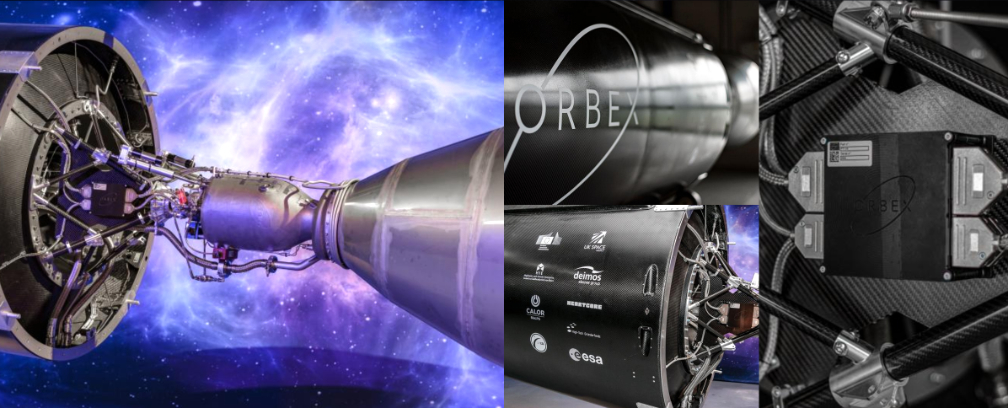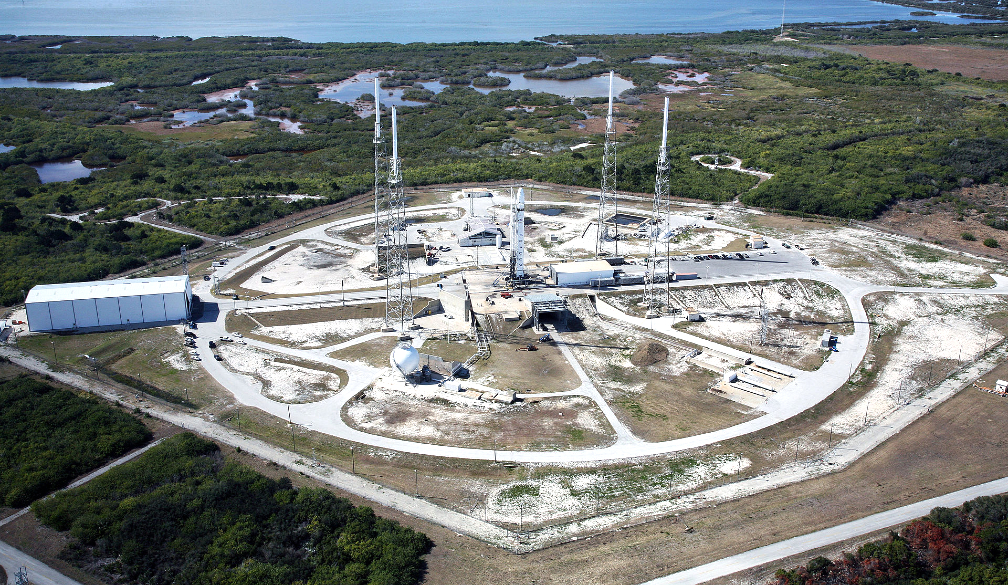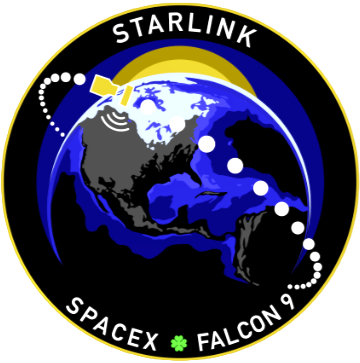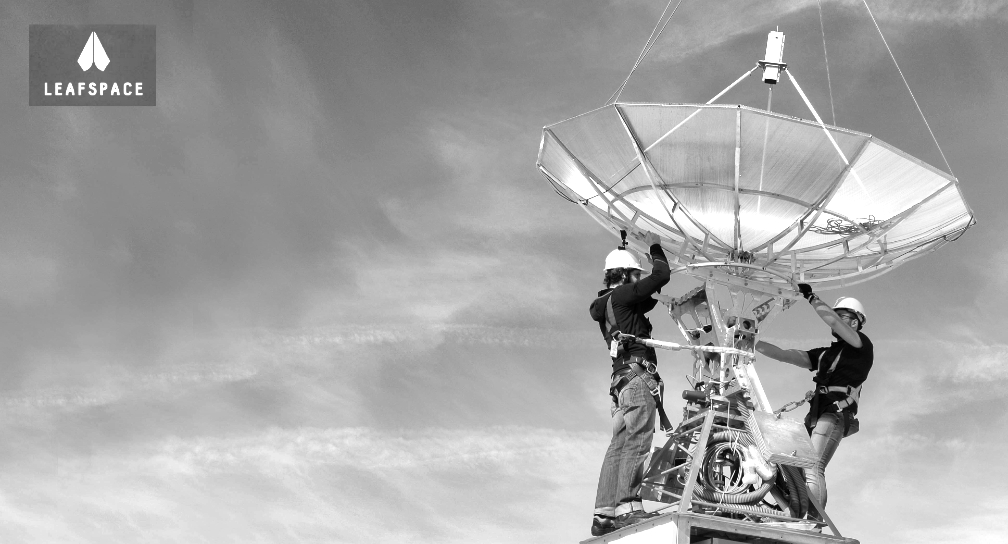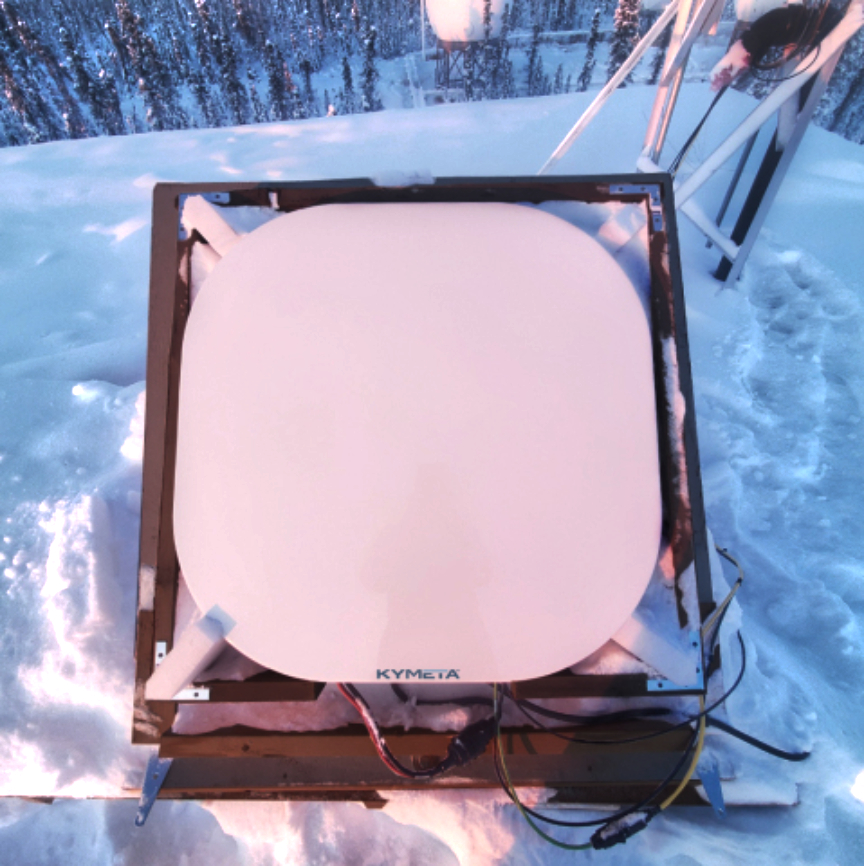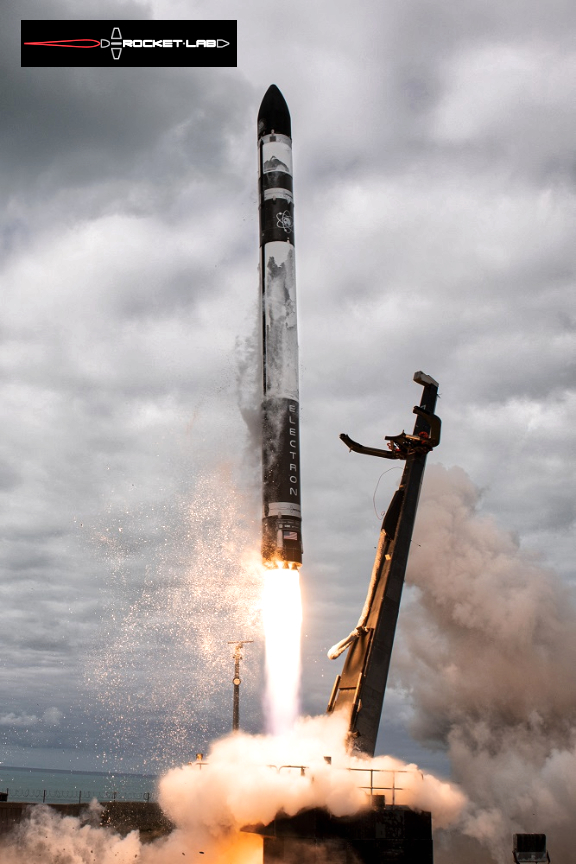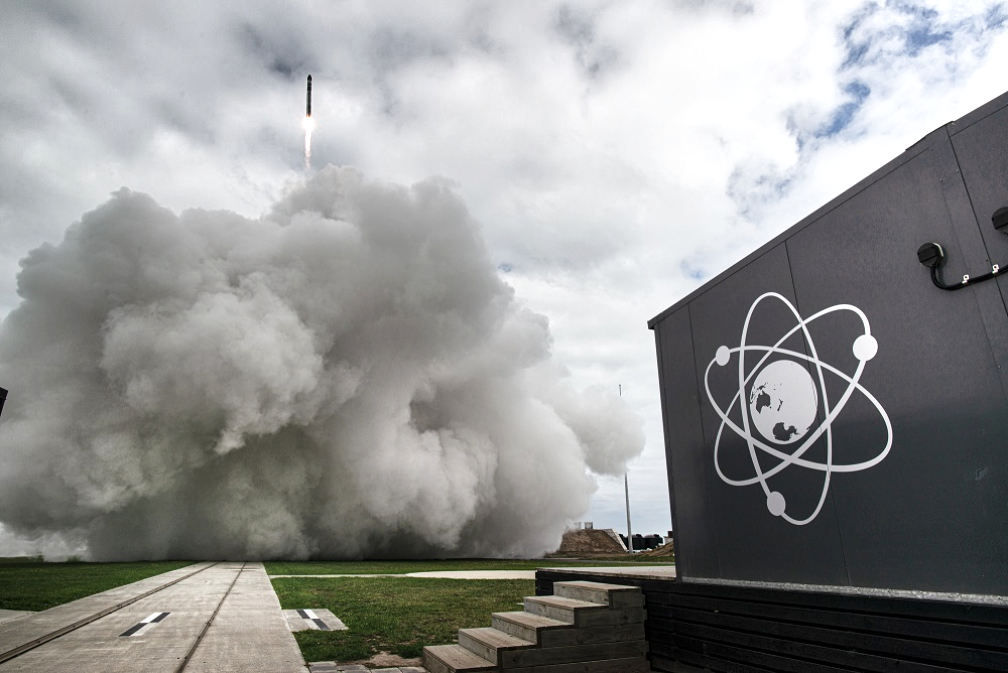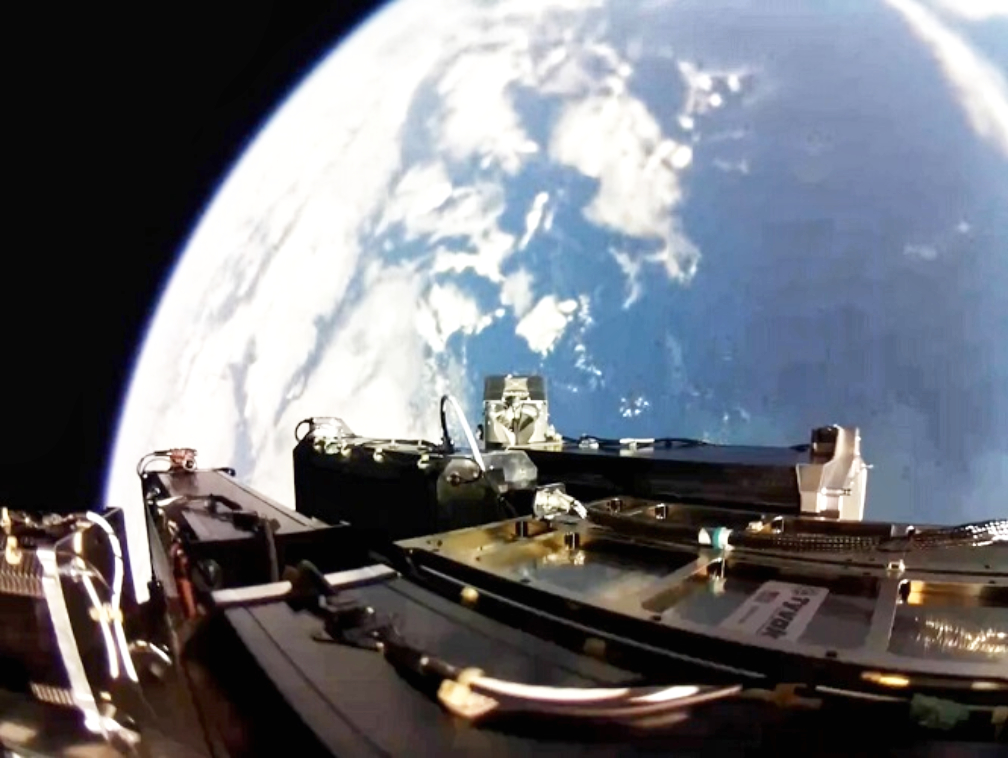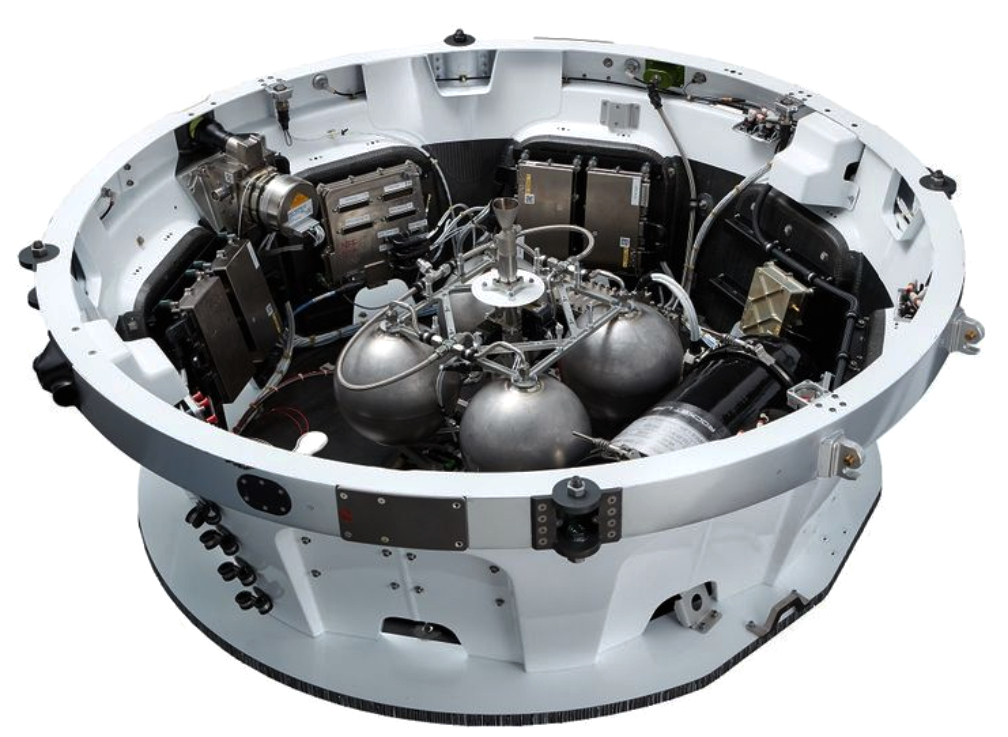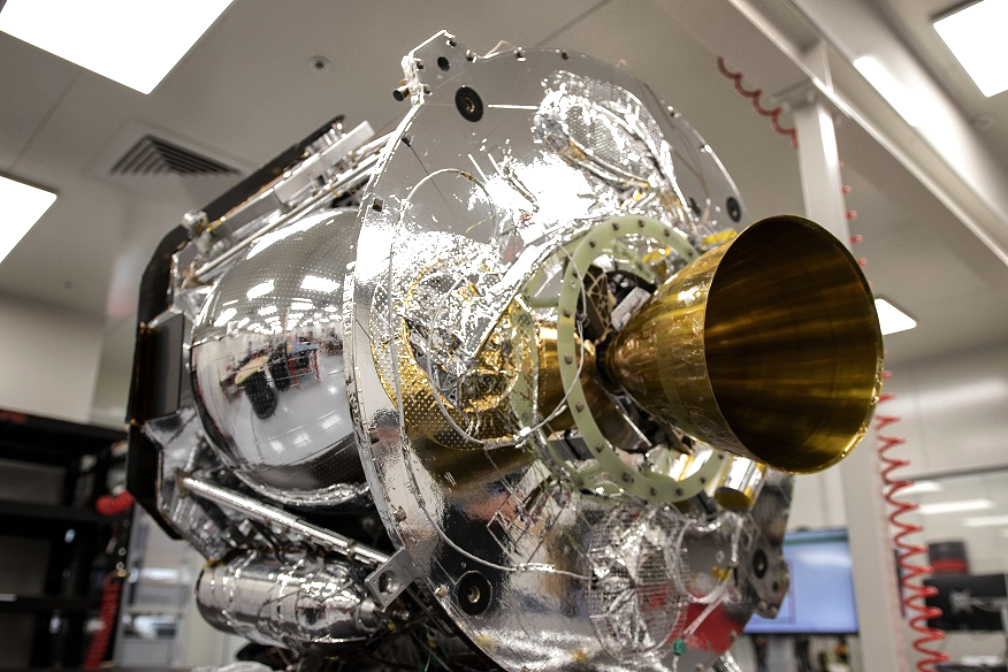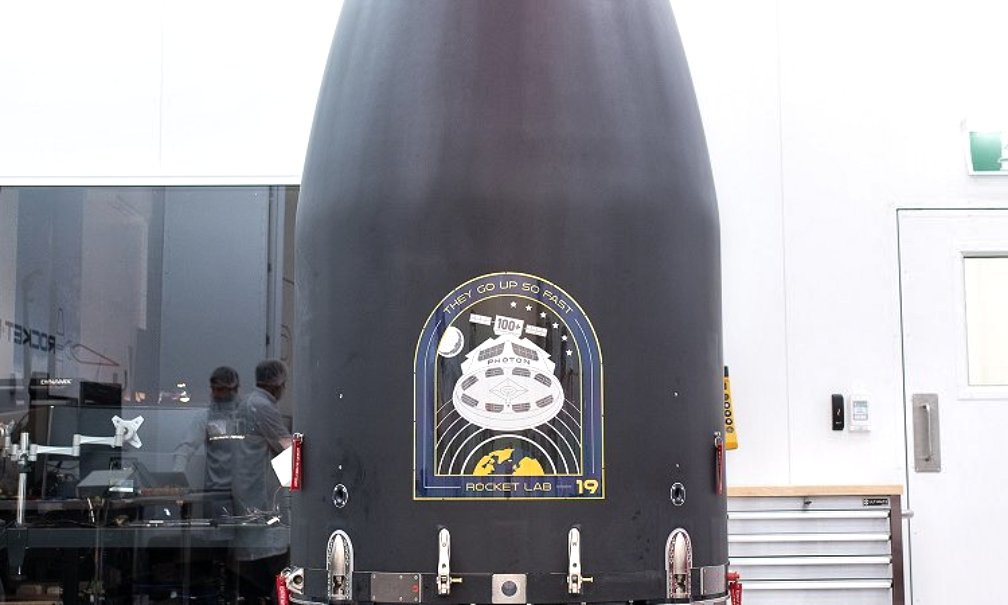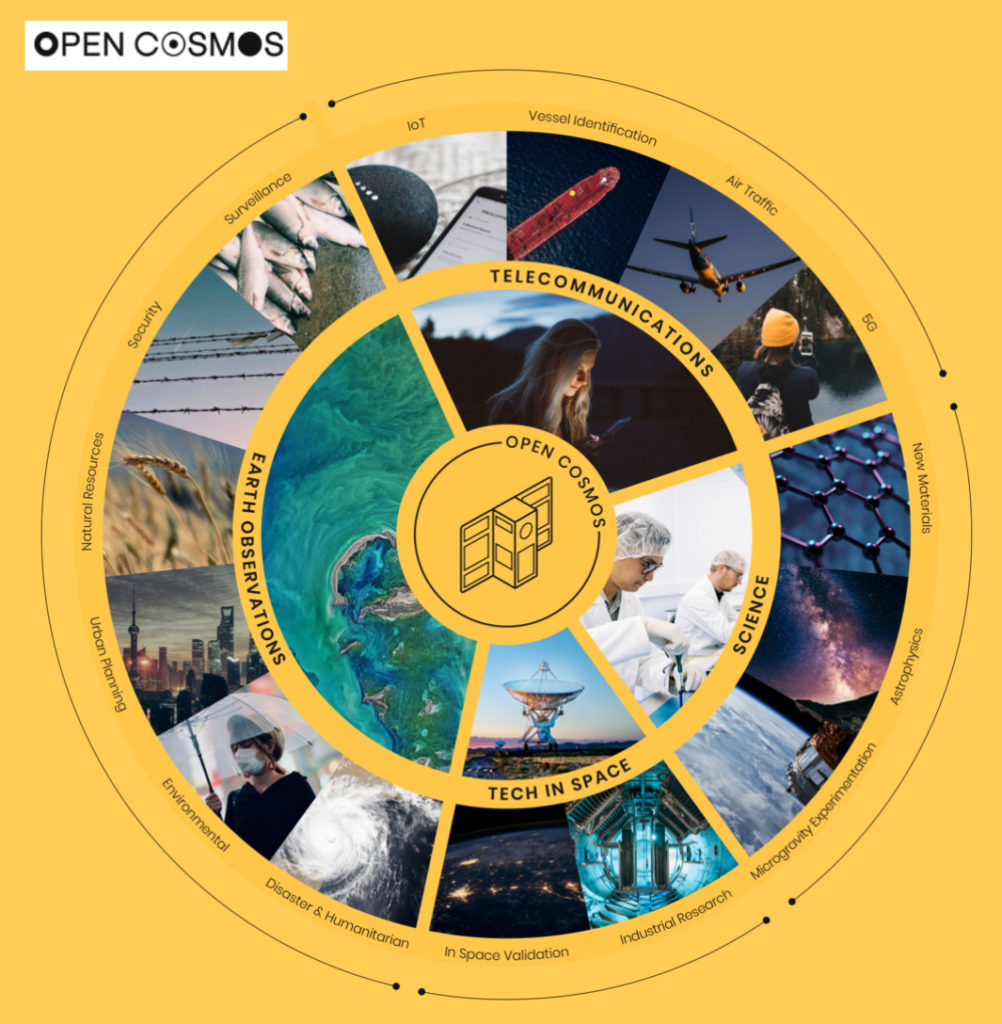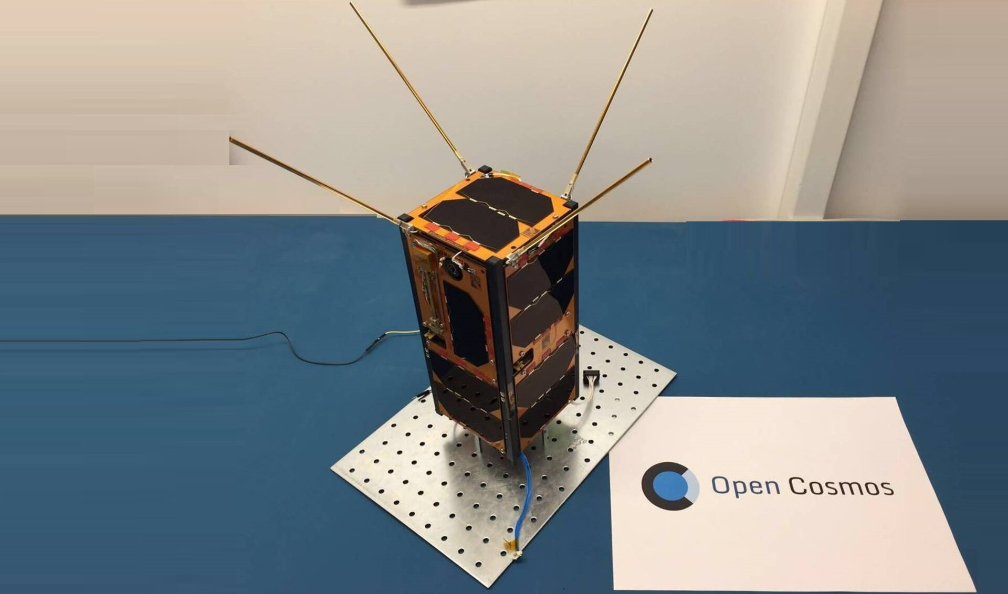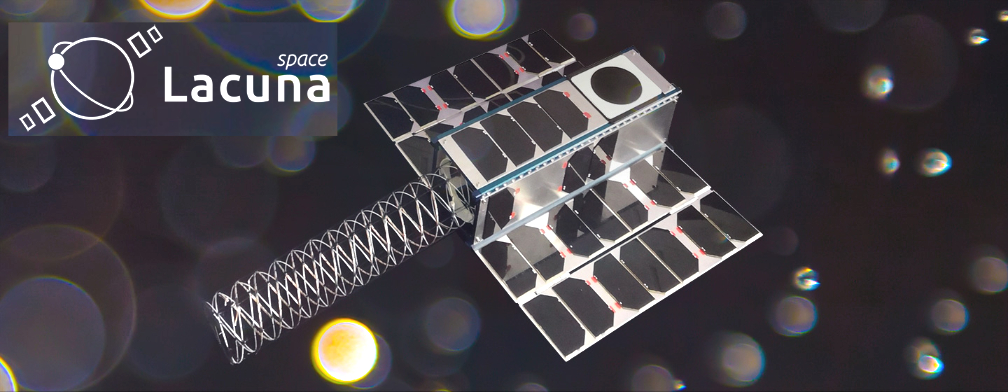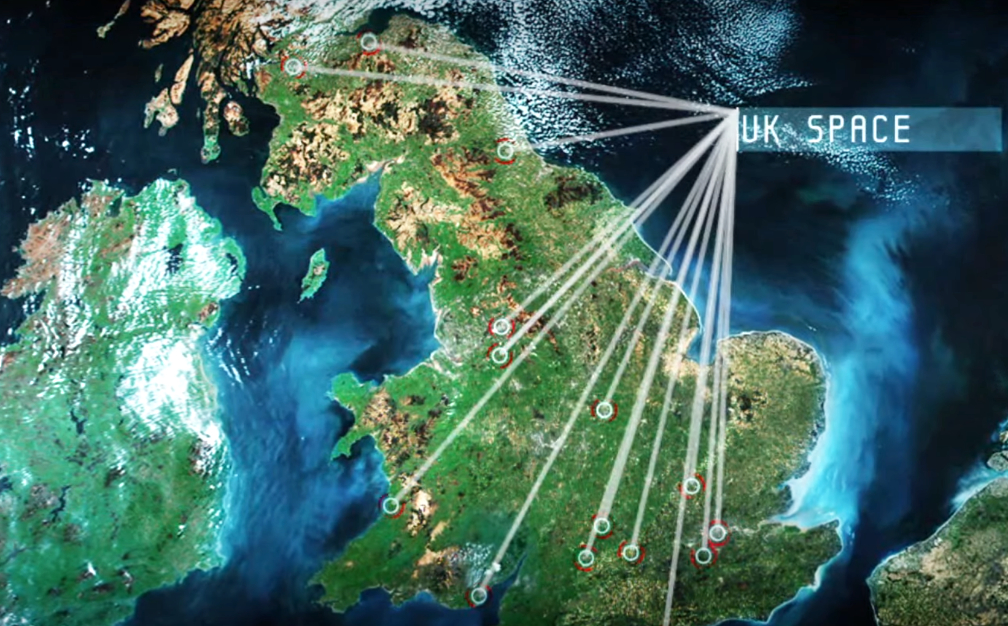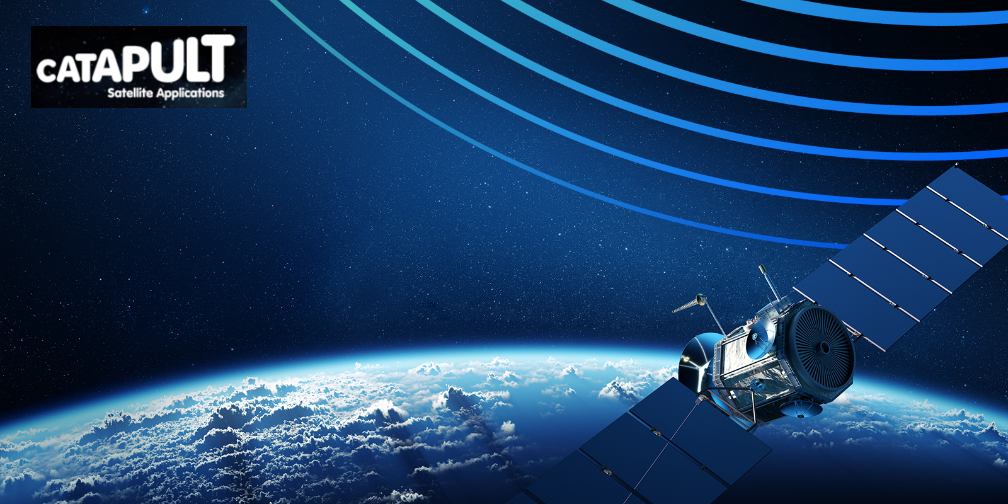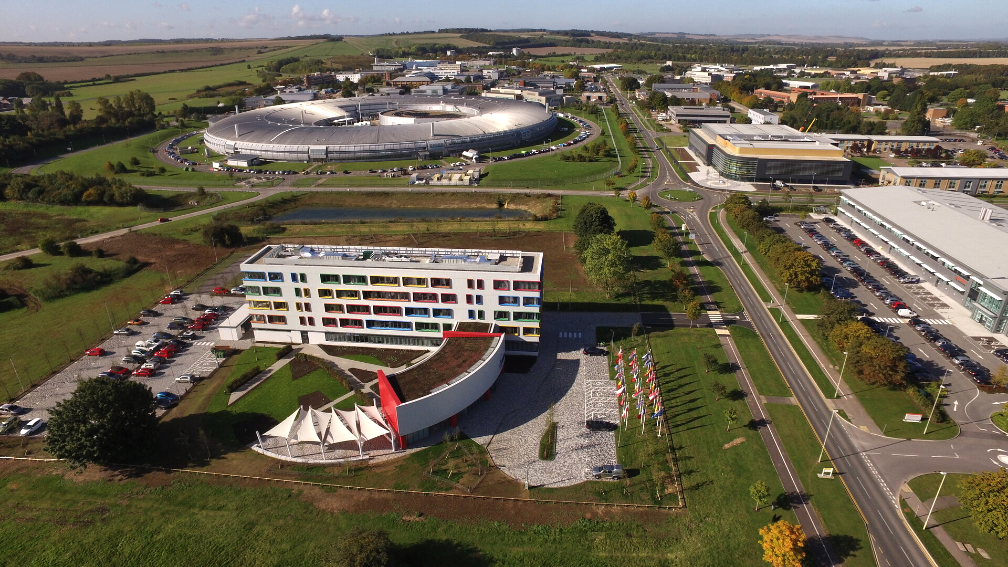With the recent launch of a Soyuz-2.1a rocket from Russia’s Baikonur Cosmodrome, ATLAS Space Operations has grown to support three, brand new missions with the firm’s Freedom Platform. With this multinational launch, ATLAS will support Astroscale, LinaSpace, and Axelspace in their space-based missions.
Platform. With this multinational launch, ATLAS will support Astroscale, LinaSpace, and Axelspace in their space-based missions.

The challenge of how to address space debris has emerged as an urgent question for the space community to answer. Through a series of technical demonstrations that span several months, Astroscale’s ELSA-d spacecraft, will respond to this question by demonstrating the core technologies and capabilities necessary for debris removal and docking.
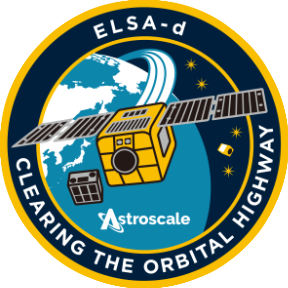
ATLAS, from its Brewster, Washington, ground station, as well as from its new ground station in Miami, which ATLAS expects to be operational next quarter, is one of the providers that will support the communications that power the Astroscale ELSA-d spacecraft which will use the company’s Freedom API, Freedom Pass Server, and ATLAS’ proprietary Flex Scheduler.
The Freedom Pass Server (FPS) provides ATLAS’ clients with state-of-the-art networking and Transmission Control Protocol (TCP) abilities. Through its mixed modem capability, the FPS enables ATLAS clients to interface with a diverse range of modems from different ground sites by abstracting away the hardware differences. For this mission, the client’s Command and Control System (C2) is designed for a KRATOS frame format; here, the FPS enables it to execute Commands and Telemetry using an Amergint Technologies modem.
LinaSpace is also making use of ATLAS’ global network of ground stations and Freedom Pass Server. ATLAS will support LinaSpace through their Ghana ground station, as well as two new ground stations in Scotland and New Zealand. LinaSpace specializes in EO and communications. With this launch, LinaSpace has delivered an EO satellite to orbit, with ATLAS supporting the data transfer process to monitor and control the mission.
Axelspace, a Tokyo-based smallsat company building an EO constellation, also launched four satellites from Baikonur. ATLAS will support their mission from its new ground station in New Zealand, bringing valuable insights down from space.
All of these initiatives work to further ATLAS’ mission in line with the interests of its clients: to connect humanity through space.
“ATLAS’ clients can come with their existing integrations and the FPS will translate to any ground site hardware without the need for additional coding. Adaptive software can address a lot of these issues, and talking to the users and people closest to the problem has allowed us to significantly reduce costs and integration time for our clients. ATLAS offers our clients the freedom to get their data quickly and securely—on their terms,” said Brad Bode, Chief Technical Officer at ATLAS.

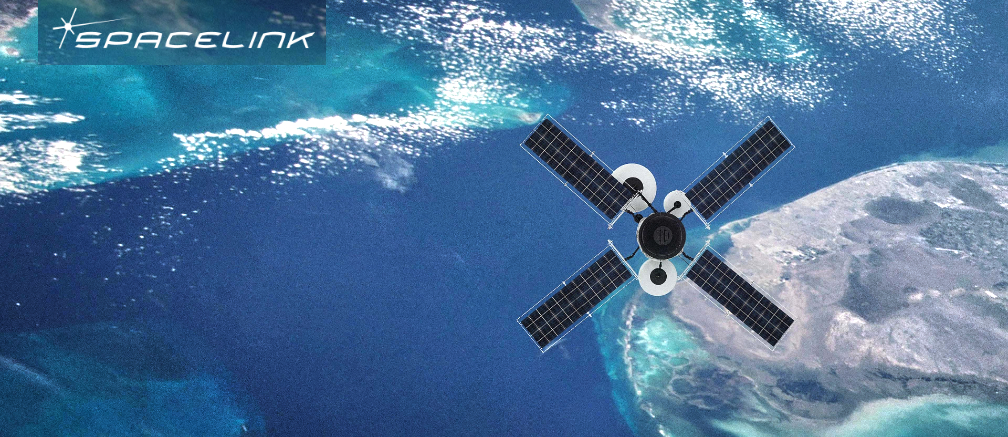
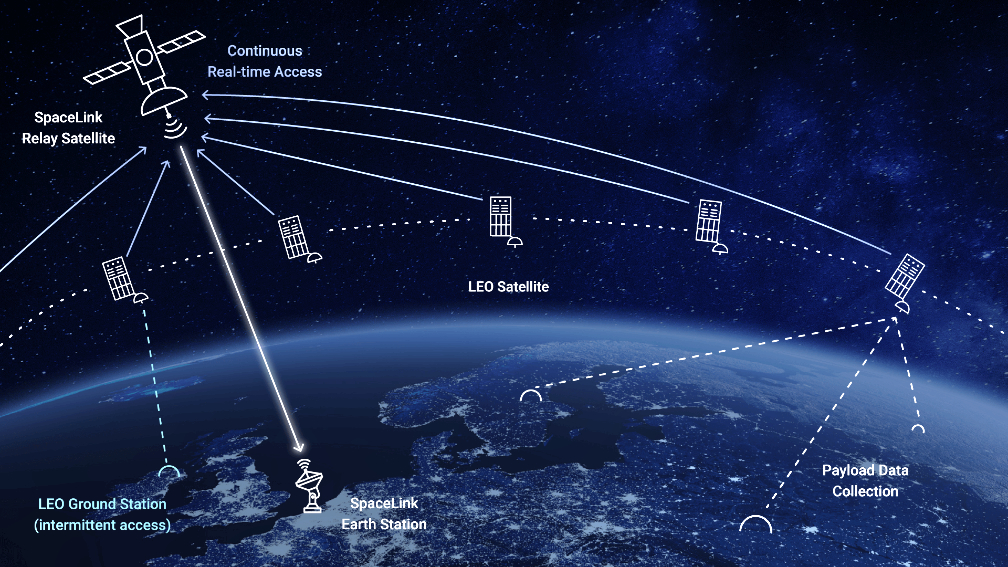

 data relay system provides global coverage to empower space system operators to maximize use of their assets. SpaceLink Corporation is headquartered in the Washington DC area, with offices in Silicon Valley and secure facilities collocated with sister company EOS Defense Systems USA, Inc. in Huntsville, Alabama. It is a wholly owned subsidiary of
data relay system provides global coverage to empower space system operators to maximize use of their assets. SpaceLink Corporation is headquartered in the Washington DC area, with offices in Silicon Valley and secure facilities collocated with sister company EOS Defense Systems USA, Inc. in Huntsville, Alabama. It is a wholly owned subsidiary of 